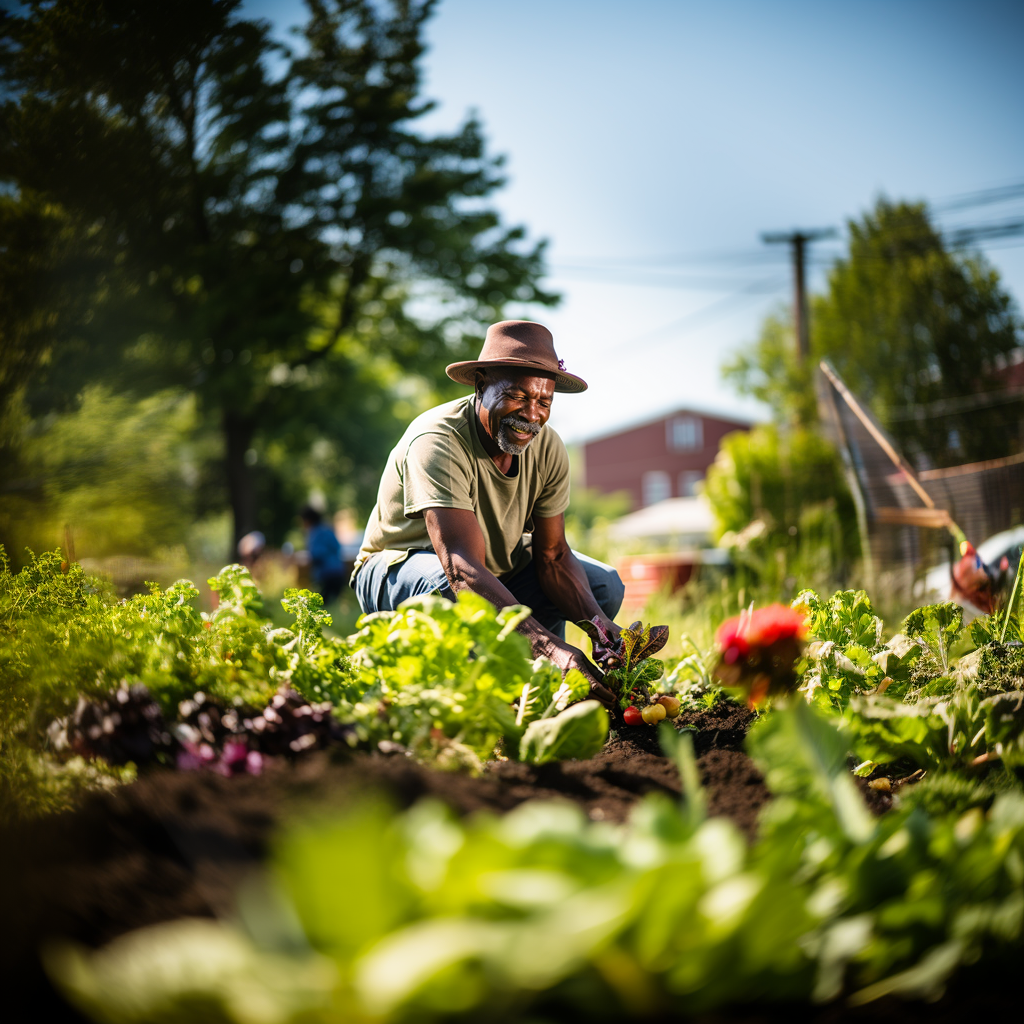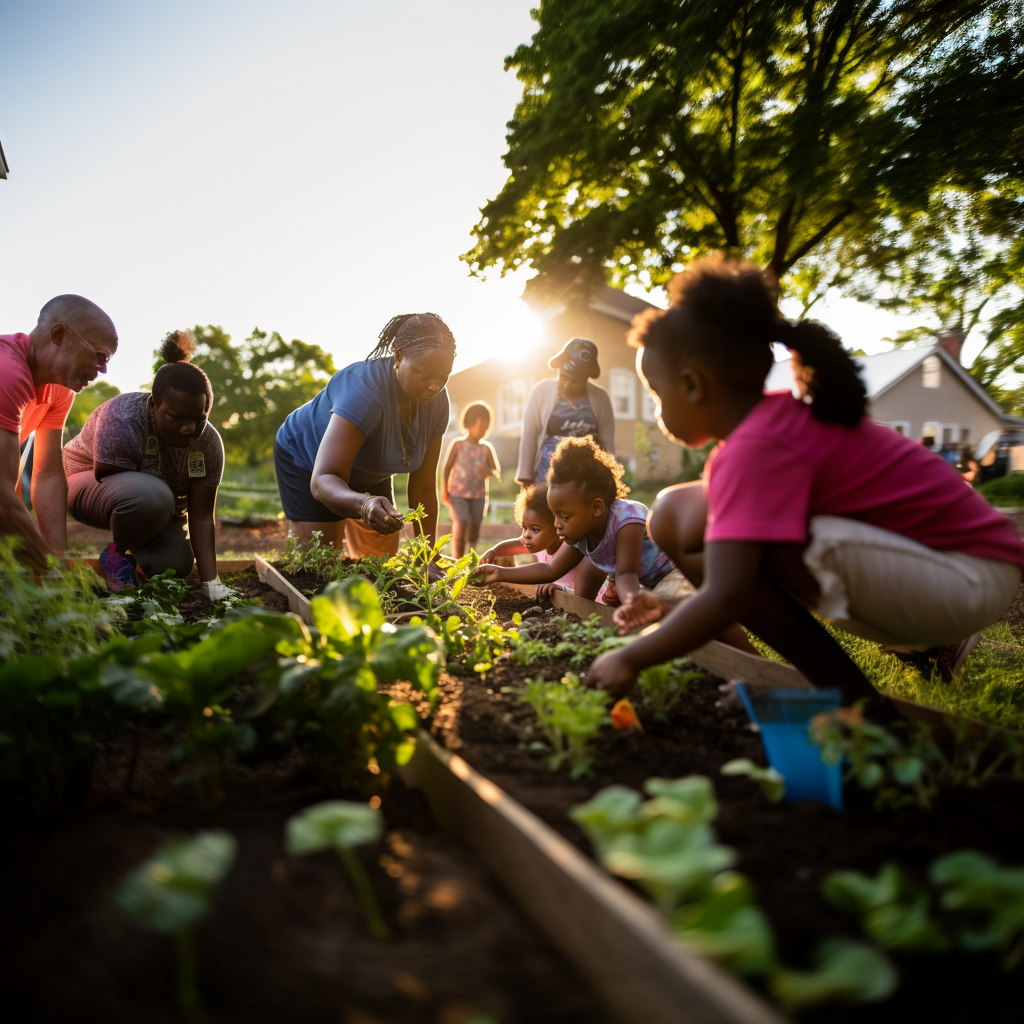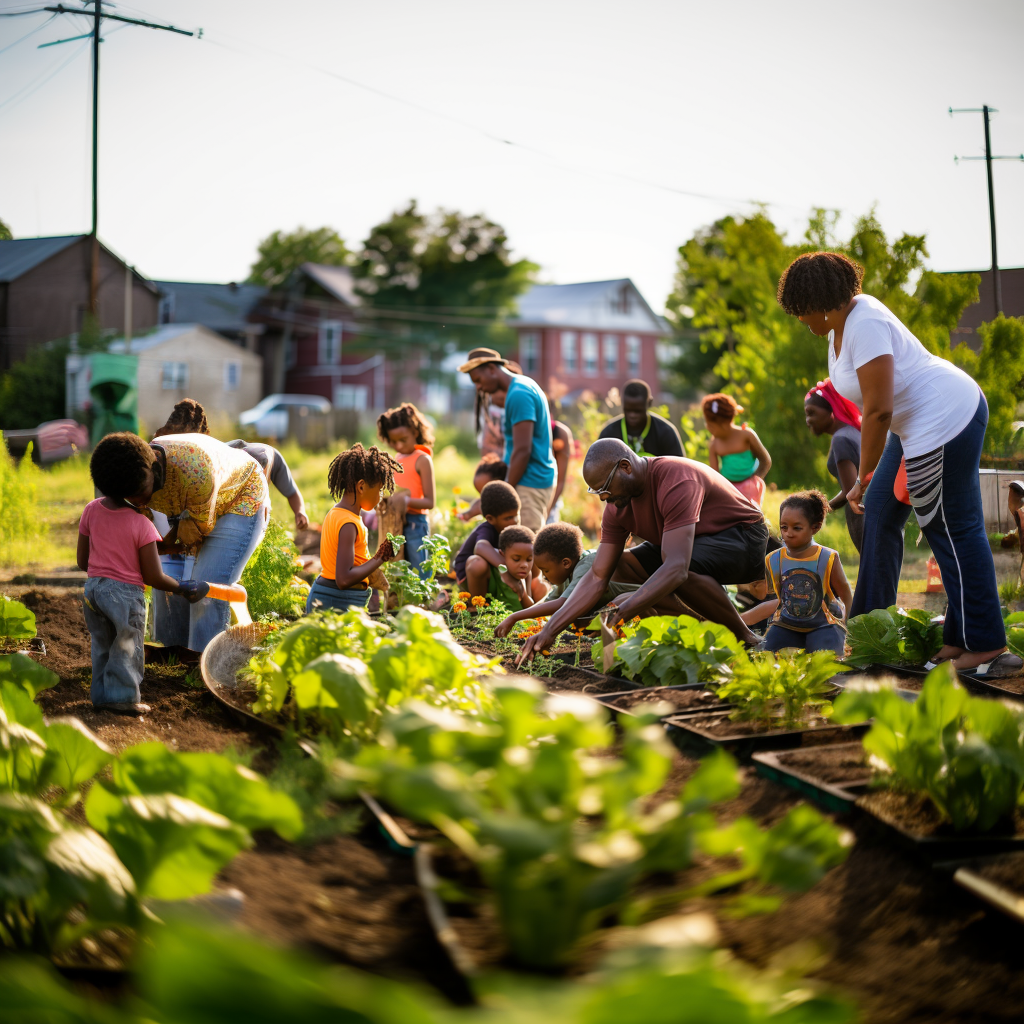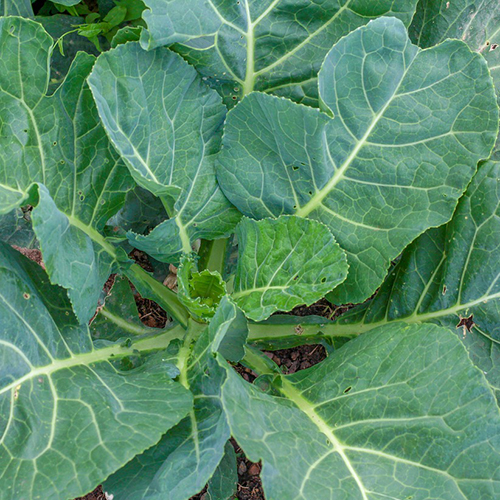Other projects


Collard Greens are frequently requested


Collard greens. Unlike most garden plants, which need coddling when the thermometer drops below freezing, collards love the cold. While their brassica cousins broccoli, cabbage, cauliflower, and mustard will die when the temperature dips below freezing, collard greens can hang on in five degrees Fahrenheit. In fact, the greens actually get sweeter and better tasting as the plant responds to the cold by converting starches to sugars and renaturing some proteins — all of which make the leaves yummier to us.
So, what exactly are collard greens? What are their health benefits? Are there any concerns around eating collards? What’s the best way to prepare them? And how can you ensure you’re choosing, storing, and cooking them in a way that will keep them fresh, flavorful, and highly nutritious?
Collard greens, or collards, are a leafy green cruciferous vegetable, also known as Brassica oleracea (https://plants.ces.ncsu.edu/plants/brassica-oleracea/), which is actually a family of plants that includes cabbage, Brussels sprouts, broccoli, and kale. Collard greens come in loose leaf or loose head varieties, rather than tight heads like you see on cabbages. Collards (https://edis.ifas.ufl.edu/publication/MV053) are similar to kale, nutritionally. And like kale, collards are definitely superstars in promoting health. They differ from kale mainly in their flavor and the shape of their leaves.
The flavor of collards can be slightly bitter and earthy. But they can also have a sweeter quality depending on the growing conditions they come from, how fresh they are, and time of harvest.
Food Revolution Network
Writing for the blog Black Foodie, Vanessa Hayford tells (http://blackfoodie.co/the-humble-history-of-soul-food) us: “During the Transatlantic Slave Trade, enslaved African people were given meager food rations that were low in quality... With these rations, enslaved people preserved African food traditions and adapted traditional recipes with the resources available. Over time, these recipes and techniques have become the soul food dishes we are familiar with today. This food genre... was born out of struggle and survival.”
Given this history, it may be difficult for some people to imagine eating collards without animal products. Yet, it can be done — and deliciously, to boot. Many Black vegan chefs are taking soul food dishes (https://foodrevolution.org/blog/healthy-vegan- soul-food/) and making them more mouthwatering than ever (as well as vastly more health-promoting) without animal products. For instance, this recipe (https://www.pbs.org/food/recipes/citrus-collard-greens-raisins-redux/) for Citrus Collard Greens with Raisins Redux from Bryant Terry (via Soul Food Junkies) — using raisins, garlic, and orange juice — is fantastic.
If you’re interested in growing your own collards, plant them (https://www.thespruce.com/how-to-grow-collard-greens-4125810) in early spring for early summer harvest, or in late summer or early fall for a late fall (or even, in some climates, winter) harvest. They do best in zones 8 and higher, and their leaves will be sweeter the closer you get to winter. They actually get sweetest after a few light frosts, so if you forget to grab them sooner, they’ll still be delicious. Most varieties of collards are ready to harvest within 55–75 days of planting them. The best approach for a summer harvest is to start collard seeds (https://foodrevolution.org/trueleafmarket-collards) outdoors about two weeks before your last spring frost date. Alternatively, you can get a head start by sowing seeds indoors four to six weeks earlier, then planting the seedlings around your last frost date.
Collard greens prefer to grow in full sun but will tolerate some shade. If you live in a shady area, that could have some benefit, because shade may slow bolting (which is what happens in warmer climates when plants go to seed in an attempt to produce the next generation ahead of potentially threatening temperatures).
Regardless, keep your collard plants well-watered and harvest them regularly to encourage them to produce new leaves. A good rule of thumb is to give your collard plants around one to one a half inches (https://bonnieplants.com/how-to-grow/growing-collards/) of water every week.

